Pauper is my absolute favorite constructed format. Today, I want to take a moment and share my enthusiasm for this incredible way to play the game we all love. We’re talking about a format that is not only accessible but also powerful and incredibly diverse. Personally, I’ve been playing Pauper for about five years now, and it has been an amazing journey. If you’ve never played, though, you’re probably wondering, “What is Pauper MTG?”
I’m excited to share some of my own experiences as well as those of the Pauper community as a whole. I would also like to express my heartfelt gratitude to the amazing Paper Pauper Magic Discord community. The moderators have been truly invaluable, offering their insights for this article and organizing outstanding monthly tournaments.
What is Pauper MTG?
For those not in the know, let’s quickly run over the MTG Pauper rules. Pauper decks are made up of 60 cards at least and a 15-card sideboard. You may only have four copies of a given card in your deck. Sounds pretty normal, right? The catch with Pauper is that all the cards in your deck must be a common rarity.
All sets and expansions are legal, this includes cards from Alpha, Commander preconstructed decks, Modern Horizons, or whatever is currently in Standard! Commons are often the cheapest cards in any set, so oftentimes an entire Pauper deck is only $50-$100! That’s right, the entire deck. An entire tier-one deck!
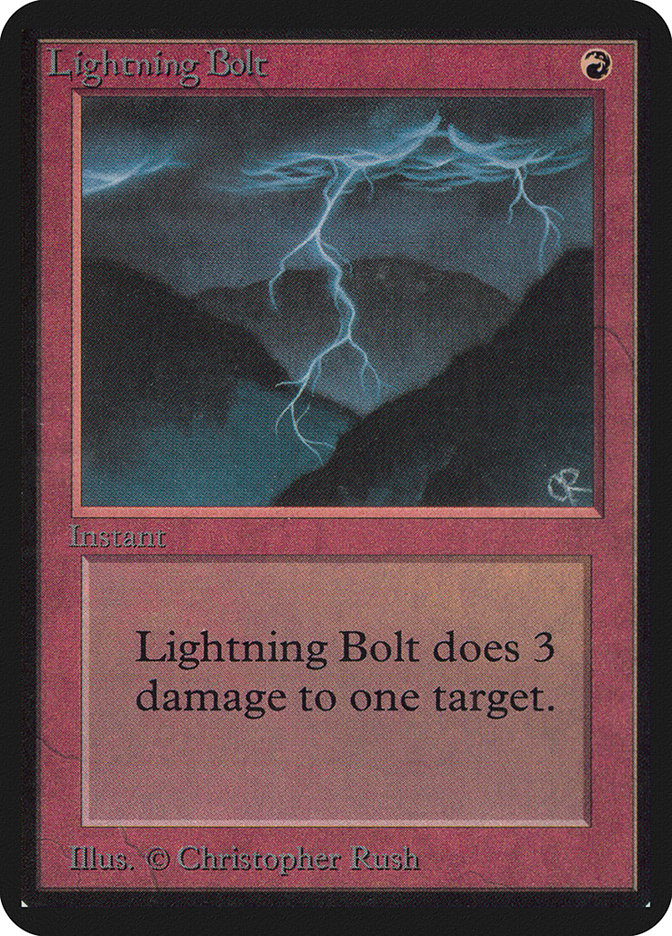

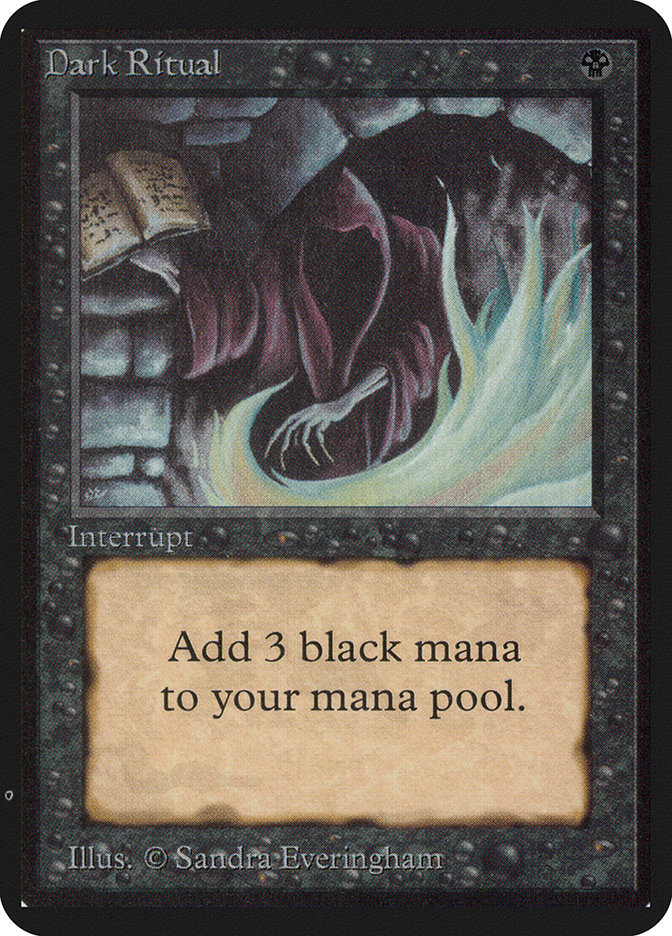
Pauper MTG Gameplay
The gameplay of Pauper Magic is reminiscent of Legacy in some regards. You get to play iconic old-school cards. Lightning Bolt, Brainstorm, and Dark Ritual are familiar faces to any pauper player. However, unlike Legacy, Pauper is missing the powerful threats that go along with it. This leads to slower games overall. The format leverages powerful spells to gain little edges of a longer game.

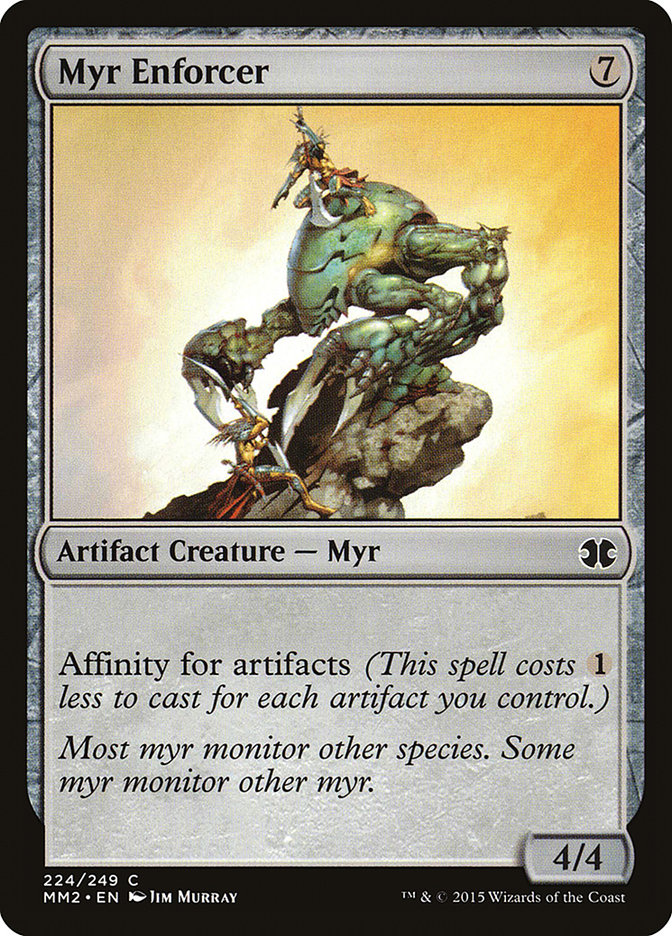

Pauper games overall feel very fair. Decks can do broken things, but the end result is not as immediately game-ending as other formats. This leads to Pauper having very unique threats when compared to other formats. Gurmag Angler, Mulldrifter, and Myr Enforcer may not sound like insane top-end cards. But as you will see, Pauper plays on a different axis!
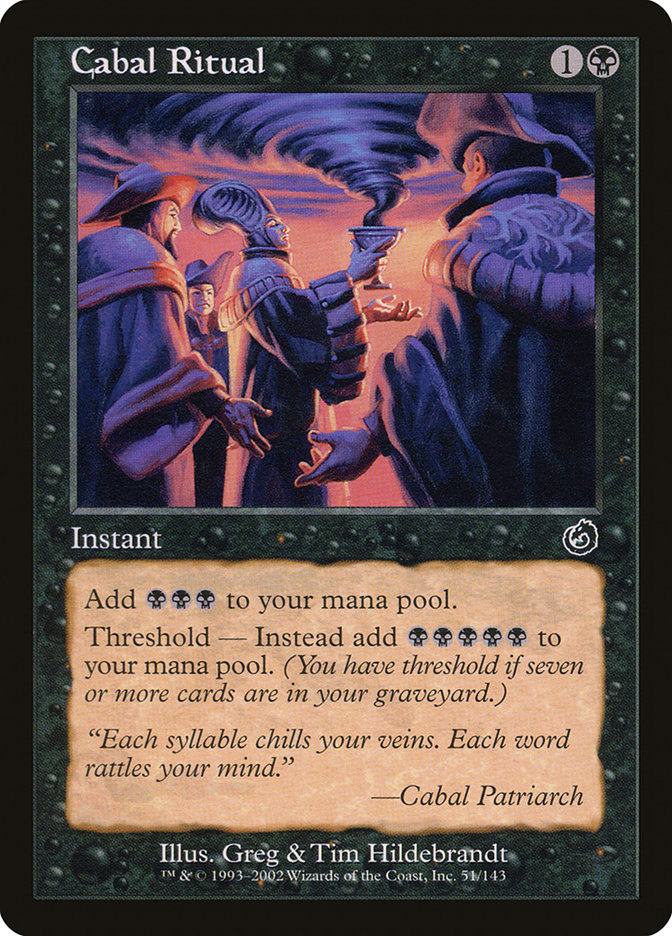
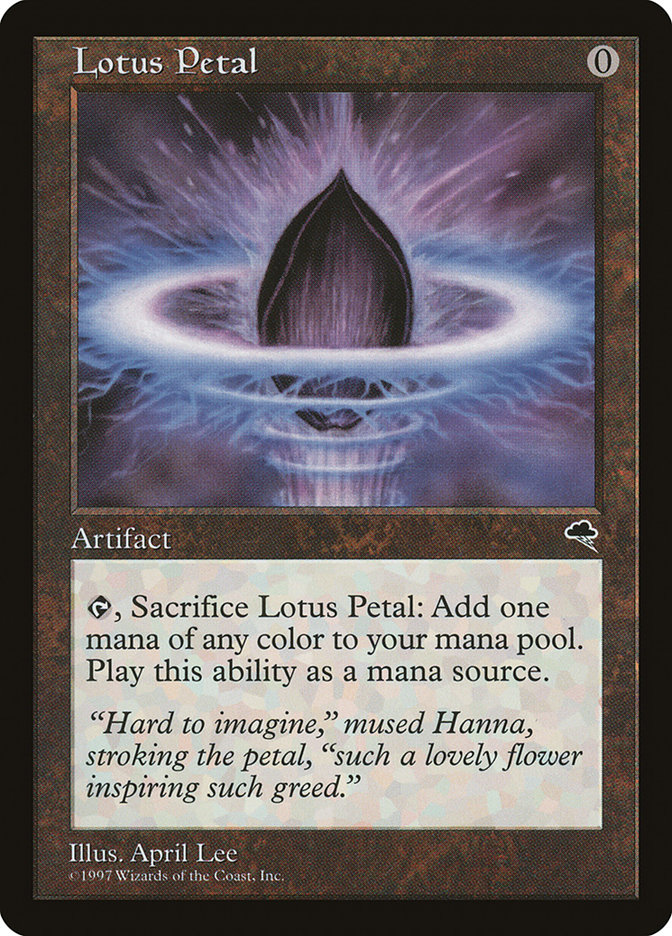
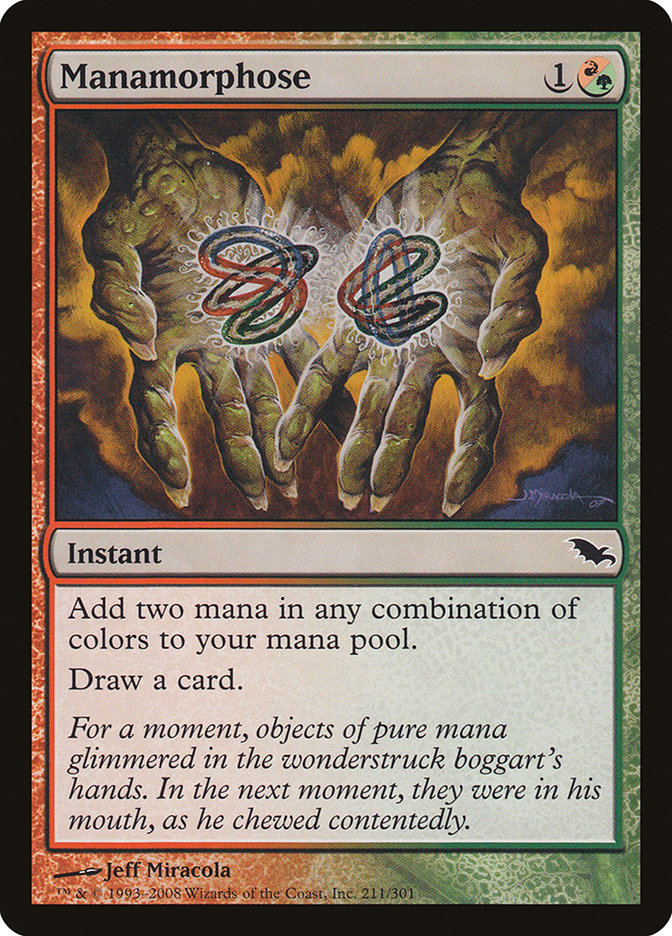
All this talk of fair Magic isn’t without its exceptions. Pauper also has access to Cabal Ritual, Lotus Petal, and Manamorphose for those of you with a combo itch to scratch!
The MTG Pauper Banlist
The Pauper banlist is only 33 cards. This is not going to be a full analysis of the entire list. But, I hope these bans will hint at the “philosophy” of the format. Some cards have been on the list for years, while some are incredibly recent.
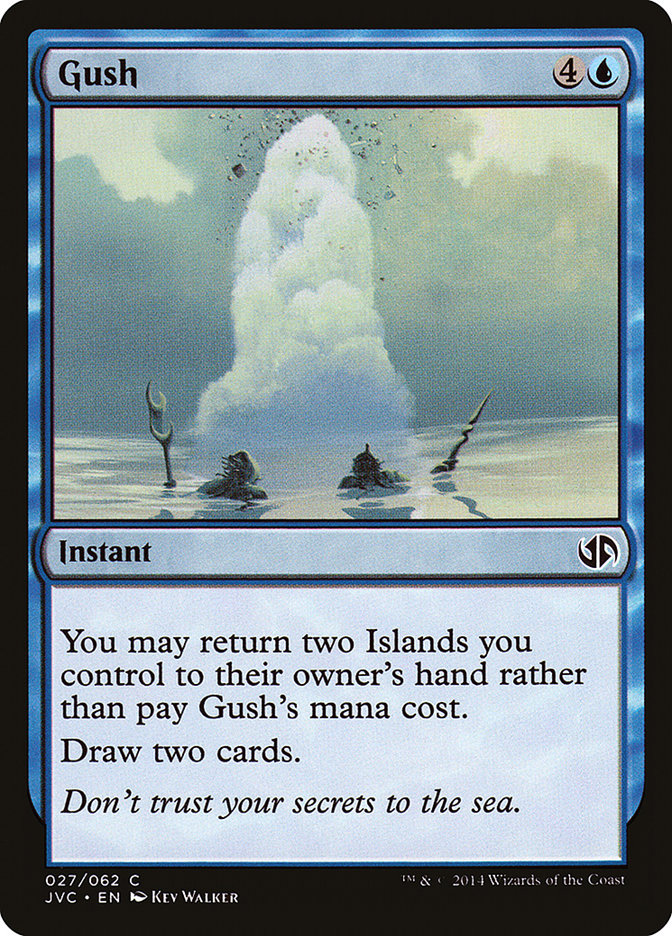
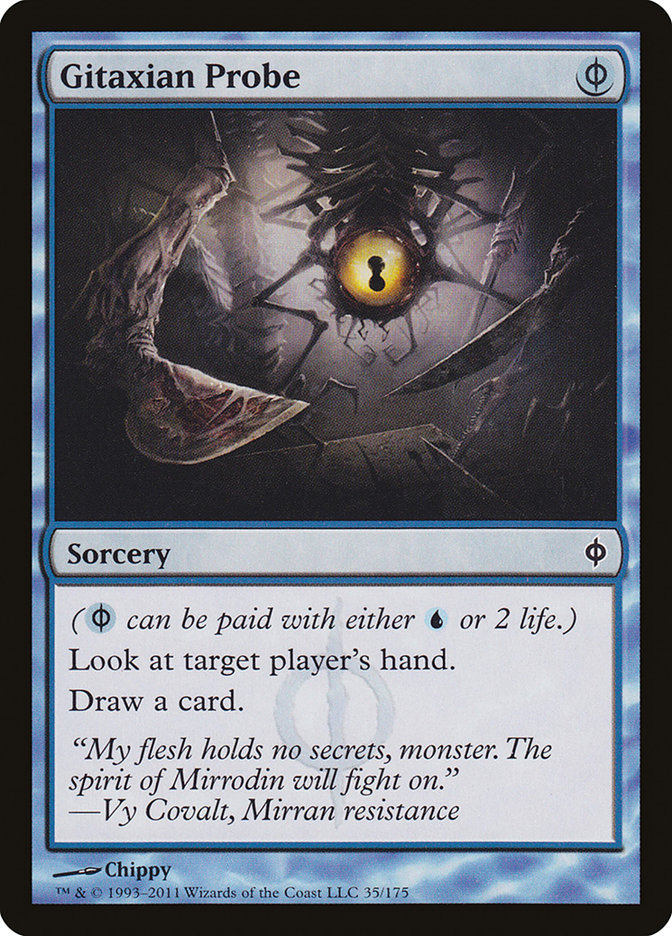
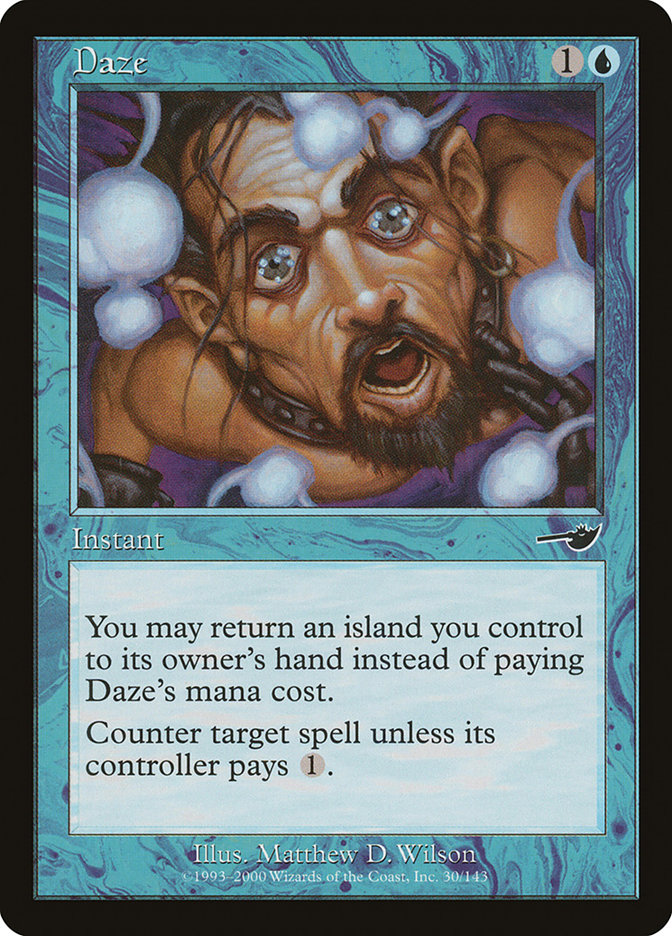
Blue Monday
May 20th, 2019, is the best or worst day in Pauper’s history depending on who you ask. This day saw Gush, Gitaxian Probe, and Daze banned. These three cards are iconic free spells. Gush and Probe have been banned and restricted in Legacy and Vintage while Daze continues to be a Legacy staple. This hopefully conveys the power of these cards. These bans were leveled at blue-tempo strategies. Some felt banning all three cards was excessive, but Pauper Delver decks were powerful back then and still remain relevant to this day.
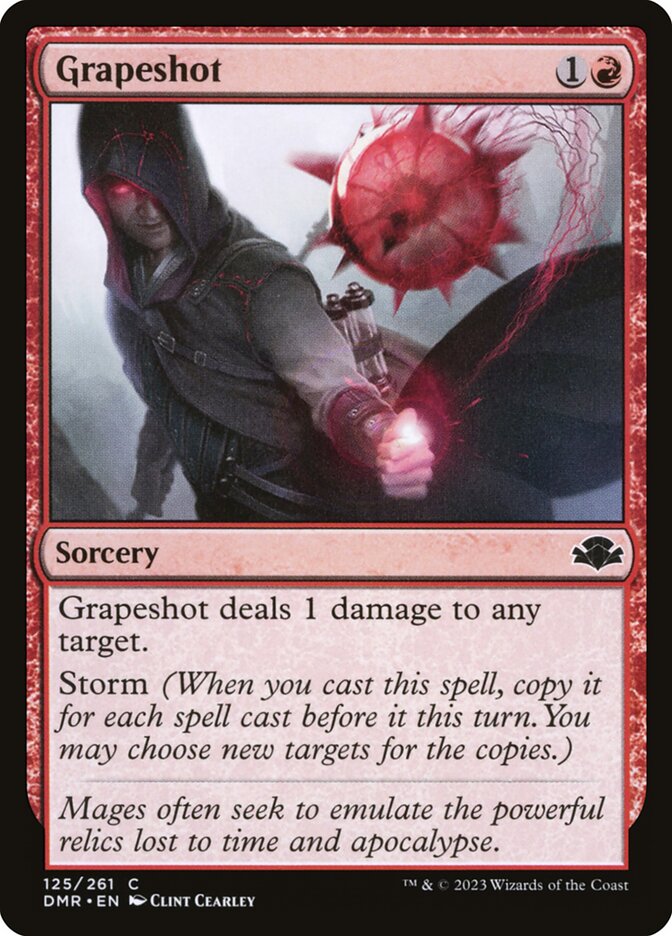

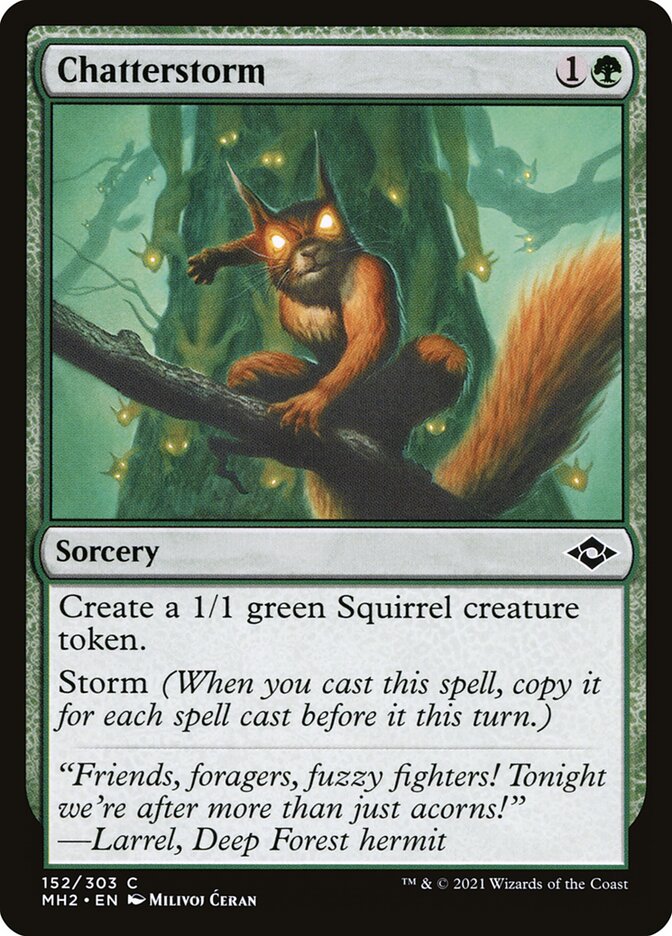
Storm
Storm is a powerful archetype that has seen high-level play in plenty of eternal formats. Pauper is no exception. Storm was deemed so powerful that practically every card with the titular mechanic has been banned. This includes Grapeshot, Galvanic Relay, and Chatterstorm. There are still some legal storm spells. However, they require strict build-around or are relegated to the sideboard.
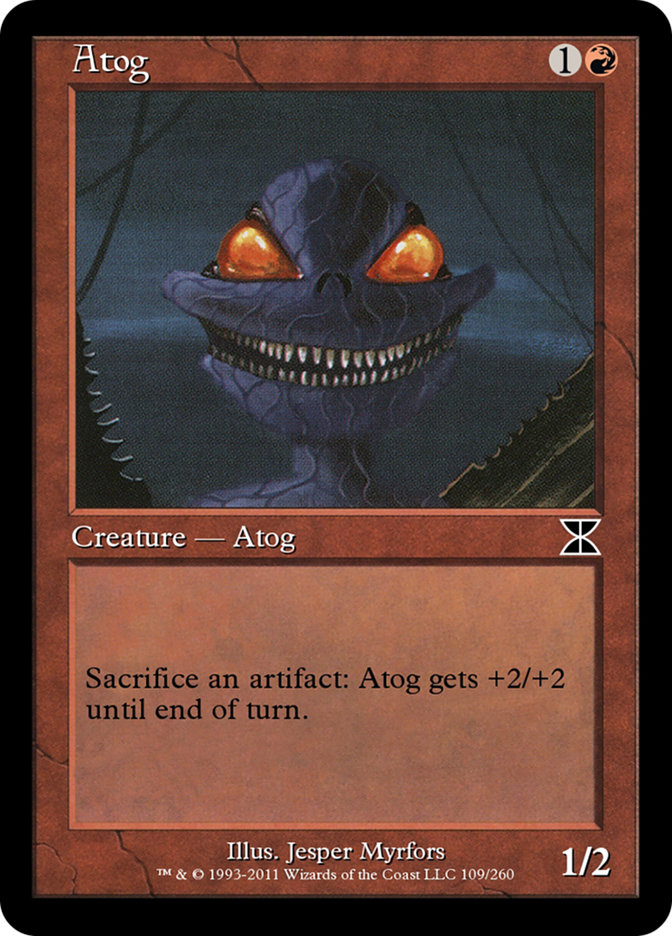
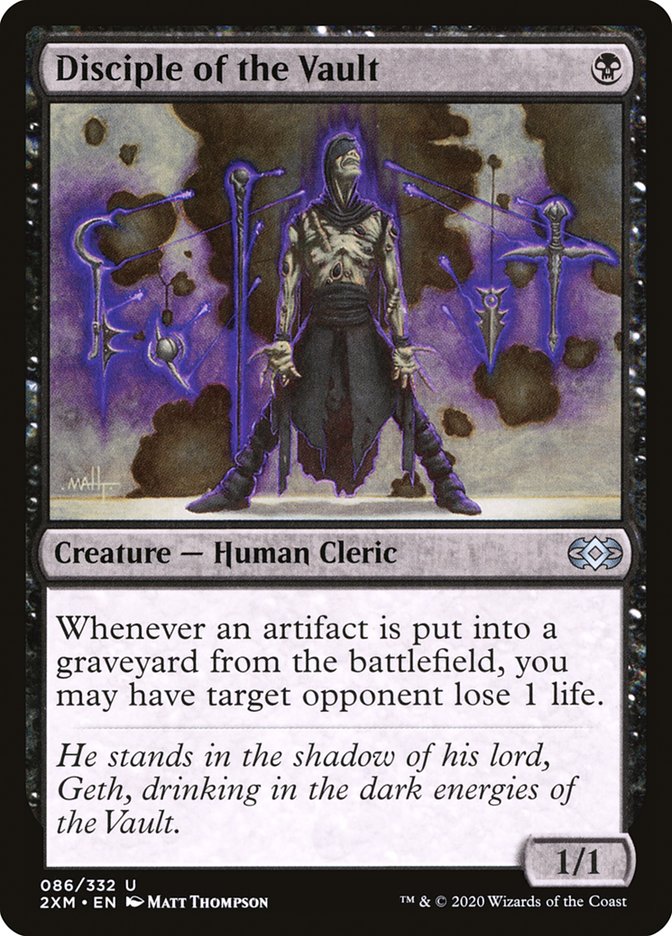
Affinity for Power
Affinity has been a powerhouse in various incarnations. Atog was the poster child of affinity for years. This smiley little guy allowed affinity to morph between aggro and combo at a moment’s notice. Atog can be a massive body on its own. A big threat is all well and good, but why are both going to combat? We have Fling! Atog is now a one-shot kill without even entering combat! This led to it being banned.
Disciple of the Vault was one of Atog’s best friends. It further lets you skip the combat step by simply sacrificing your entire board. Folks thought Affinity would be ok with Atog banned. To quote Gavin Verhrey “When we banned Atog, people speculated it would kill Affinity. However, in reality, it wasn’t even close to dead—and took almost no time to recover.” However, affinity still proved too powerful. Disciple was banned only two months after Atog.
Deck Highlights
Pauper has a rich format. There are a lot of fun decks out there to try. I will not evaluate the meta as a whole. This is just a look at some decks in the meta that the Paper Pauper Magic server and I would like to highlight. All these decks are in the meta, but I encourage you to check out a full meta breakdown for a complete look at the format. With that said let’s look at what this format has to offer!
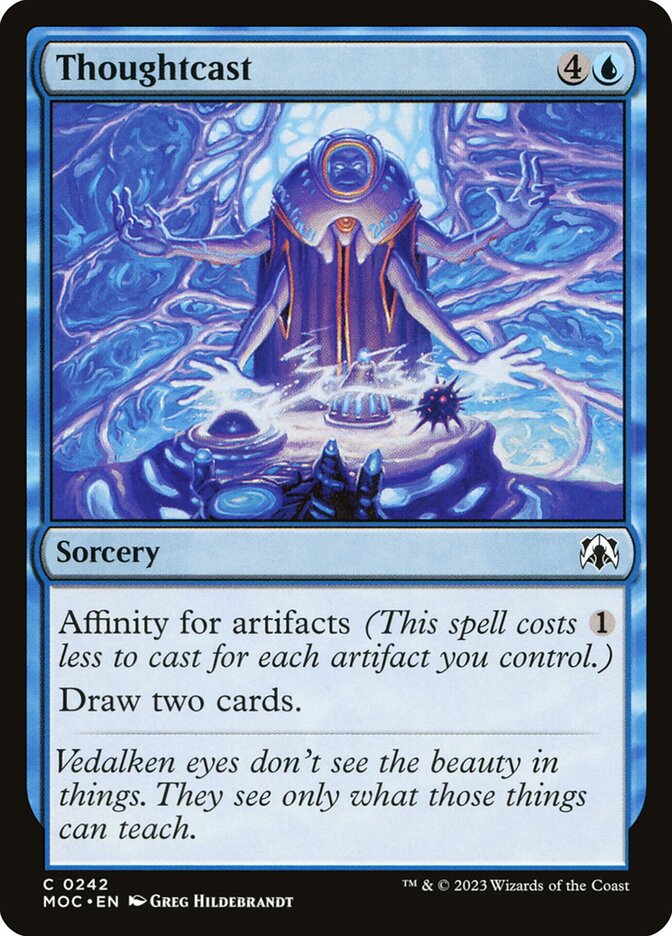
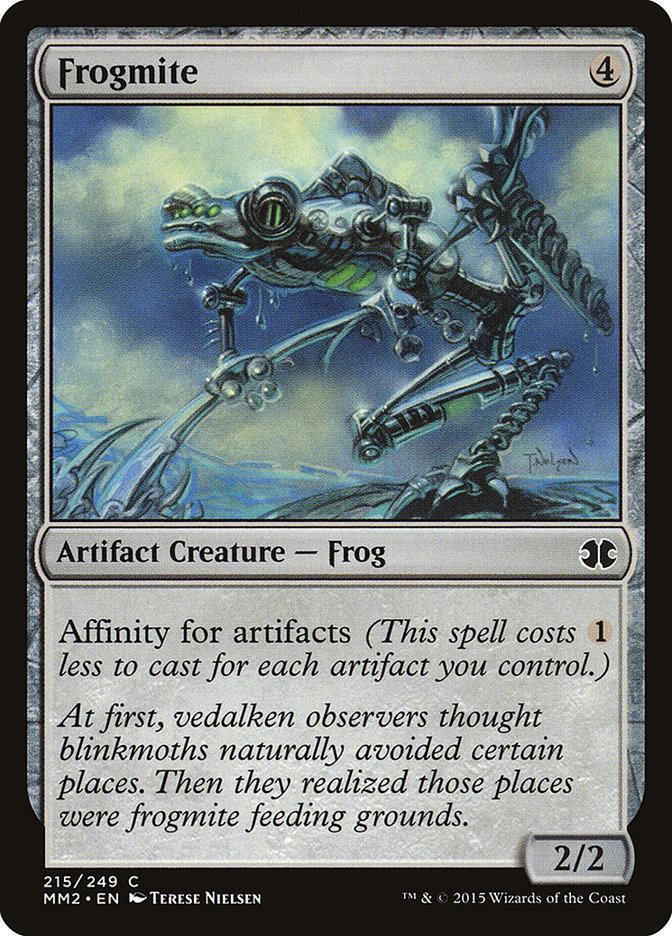
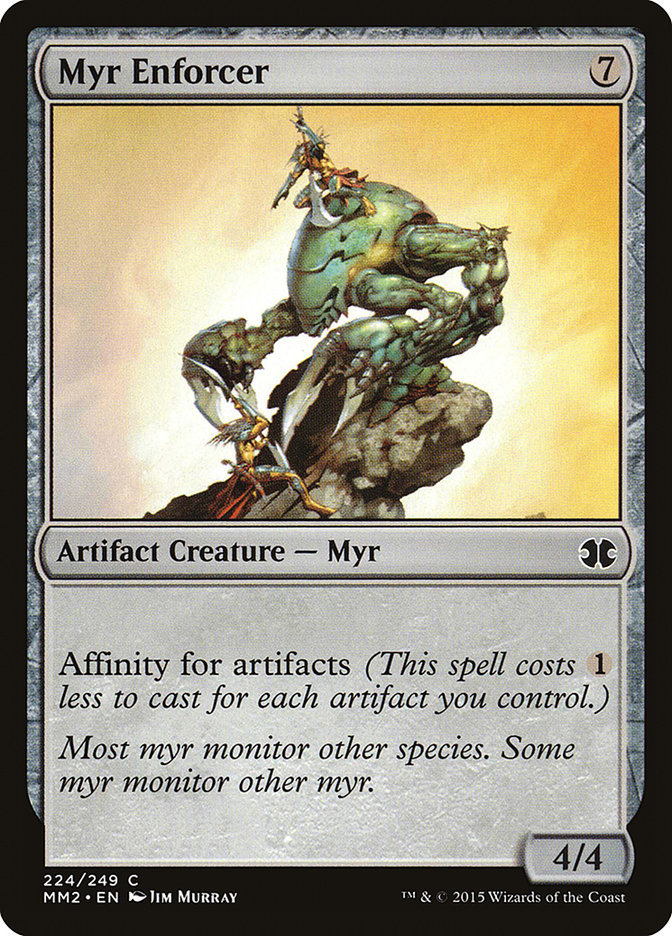
Affinity – Artifact Beatdown
Affinity has been around in some form for a long time! When I began my Pauper journey, it was a Temur deck. It pivoted to Grixis for a while. As of this article, it has settled into Jeskai. This deck is close to my heart. Affinity leverages the “Affinity for artifacts” keyword to cast multiple artifacts for little or no mana. Frogmite and Myr Enforcer are the two big players here. Once your hand is almost empty play a Thoughtcast for one mana to reload!
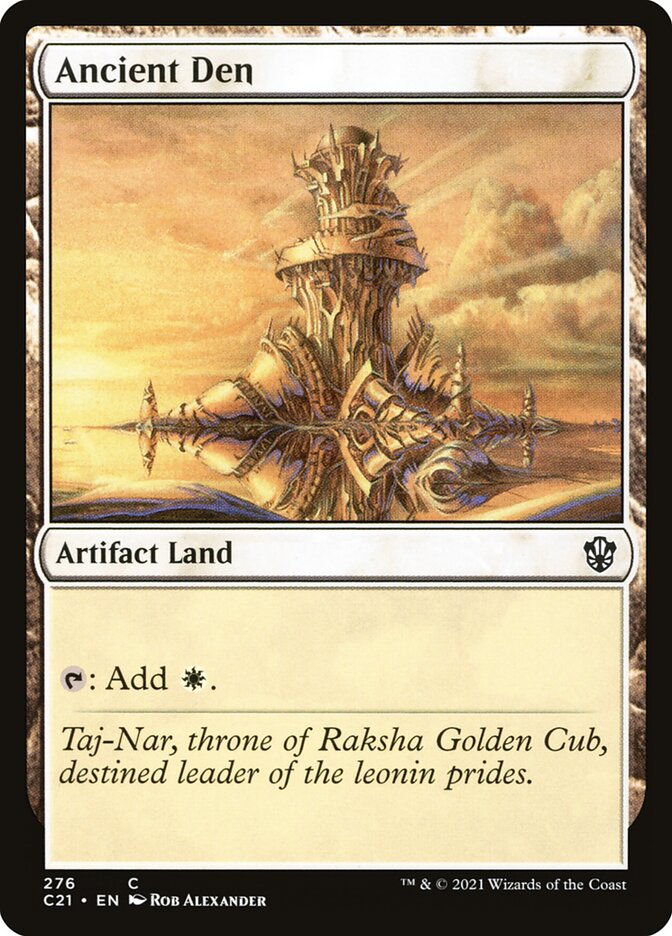
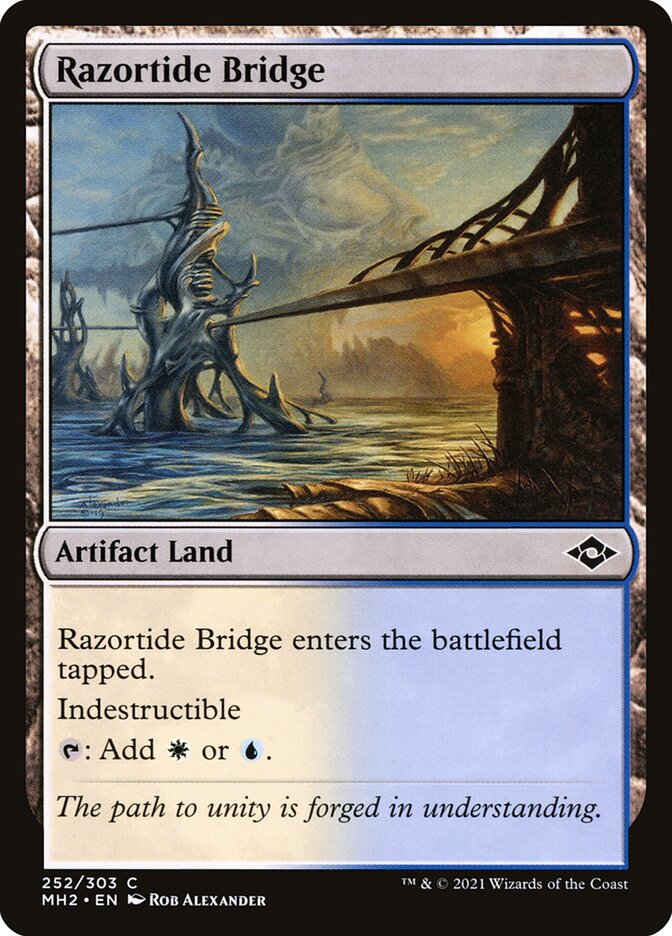

The mana base is the secret weapon behind affinity. Pauper has access to a full suite of one and two-color artifact lands. Your lands can help towards an affinity for artifacts! This very quickly leads to Frogmites and Enforcers costing zero mana! If you have never played with these cards then please give it a try. Their power is unreal.
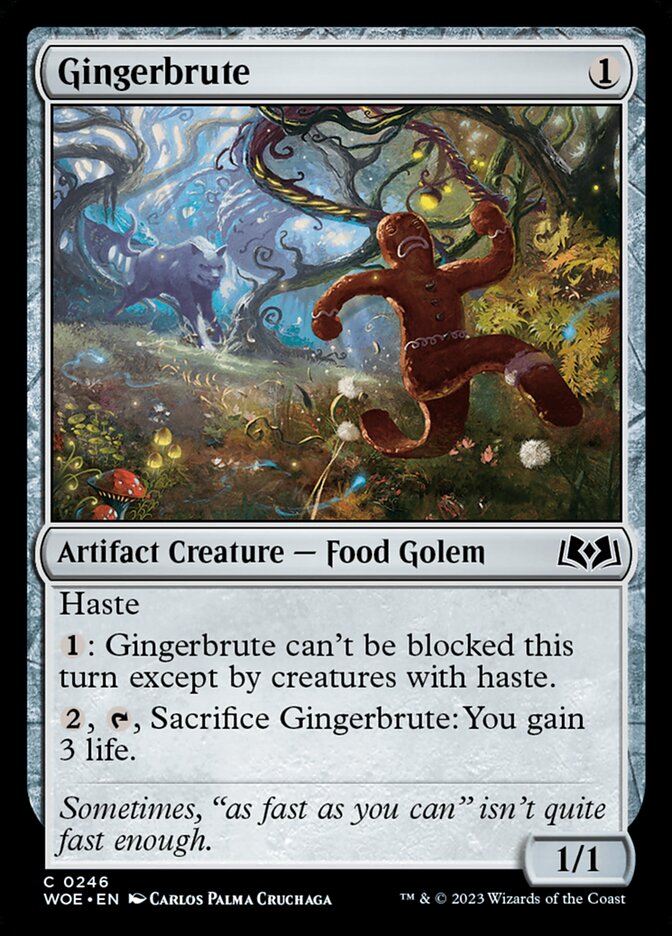
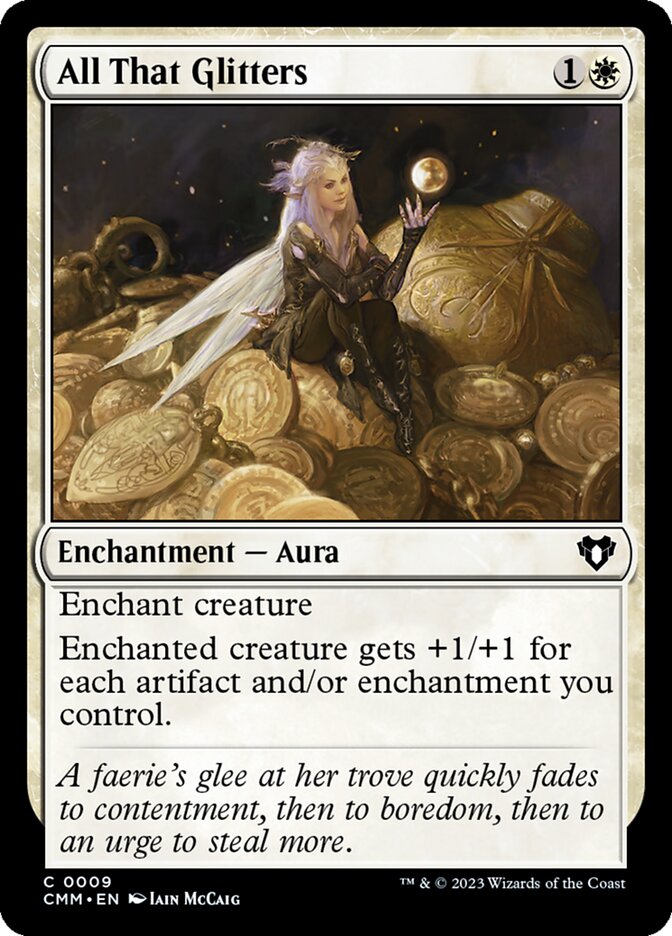
The last piece of affinity is All That Glitters. This little enchantment was uncommon but was reprinted as common in Commander Masters. This gives affinity a sort of combo angle. Instead of simply playing Frogmites for free we now play Gingerbrute too! Attach All That Glitters, make it unblockable, suddenly you’re putting huge pressure on the opponent’s life total!
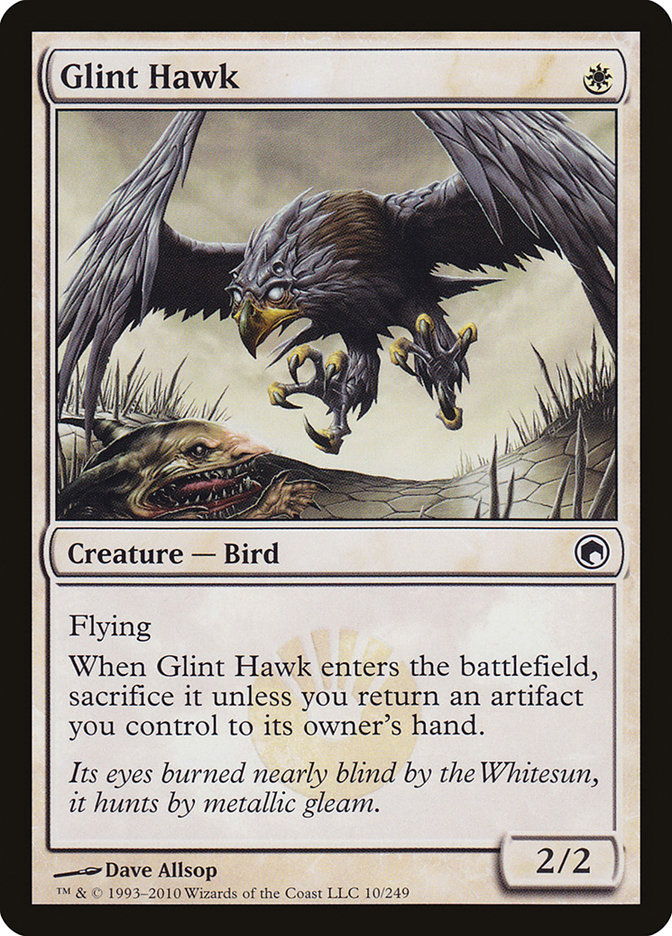
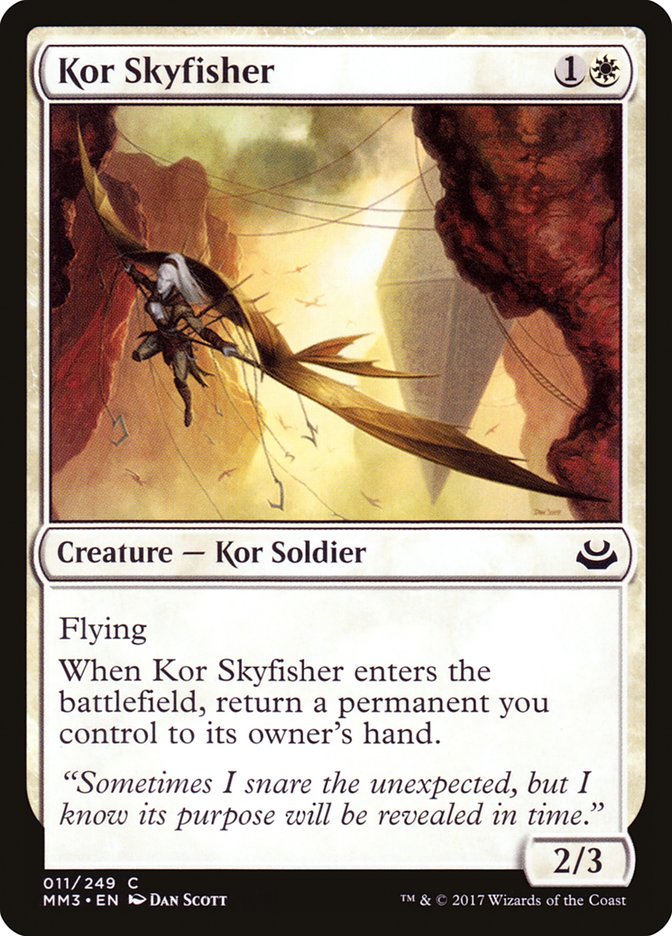
Boros Bounce – Aggressive Value
Boros Bounce, is a Pauper deck that leverages cantrip style enter the battlefield effects and aggressive fliers to put pressure on the opponent. This deck has been around in some form for a long time. Kor Skyfisher and Glint Hawk are key players. Bouncing your own permanents might sound like a bad idea. But, we have a host of valuable cards we love to play over and over again!

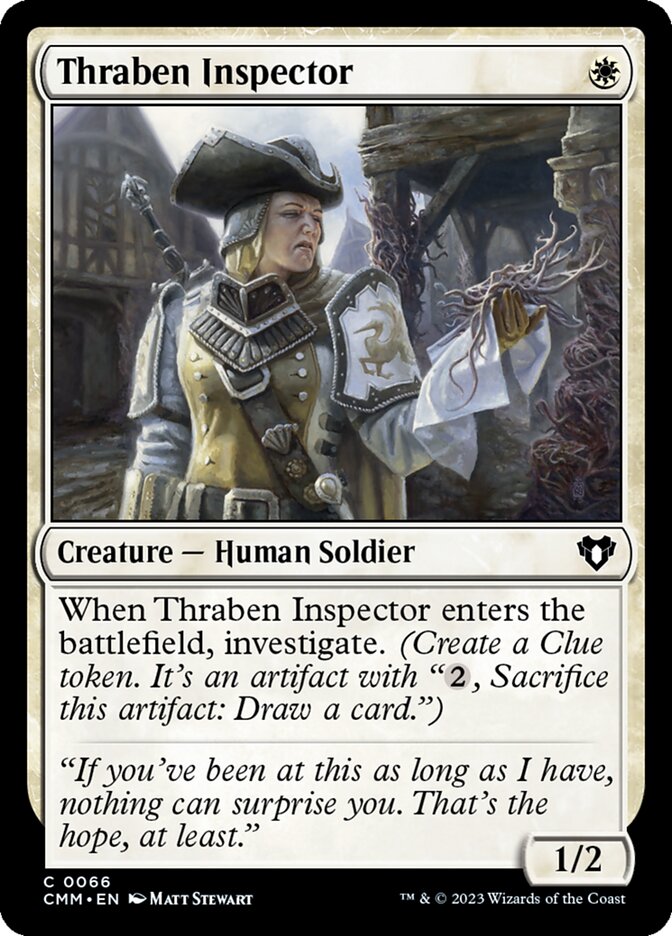

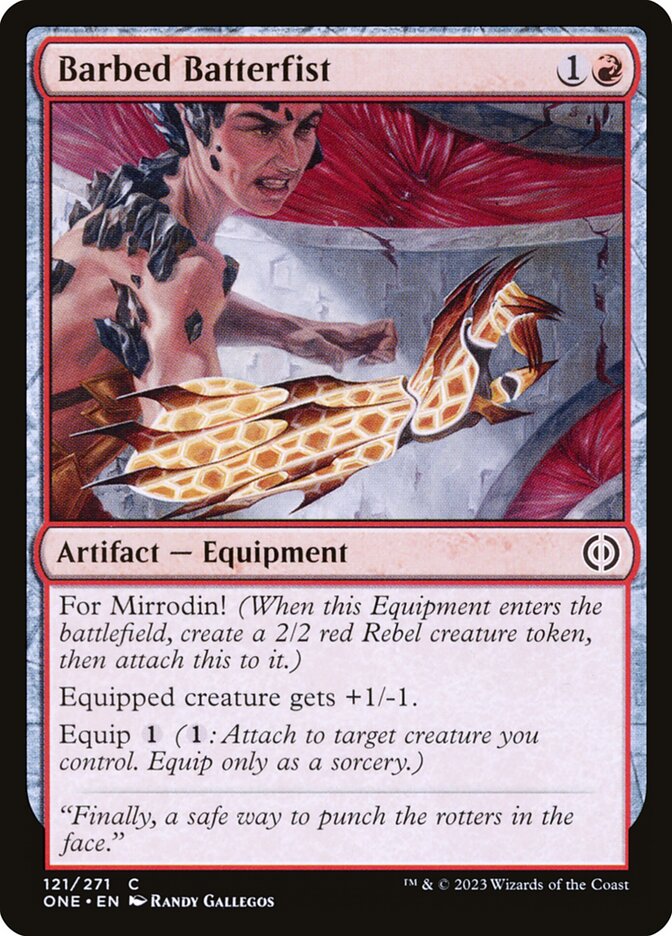
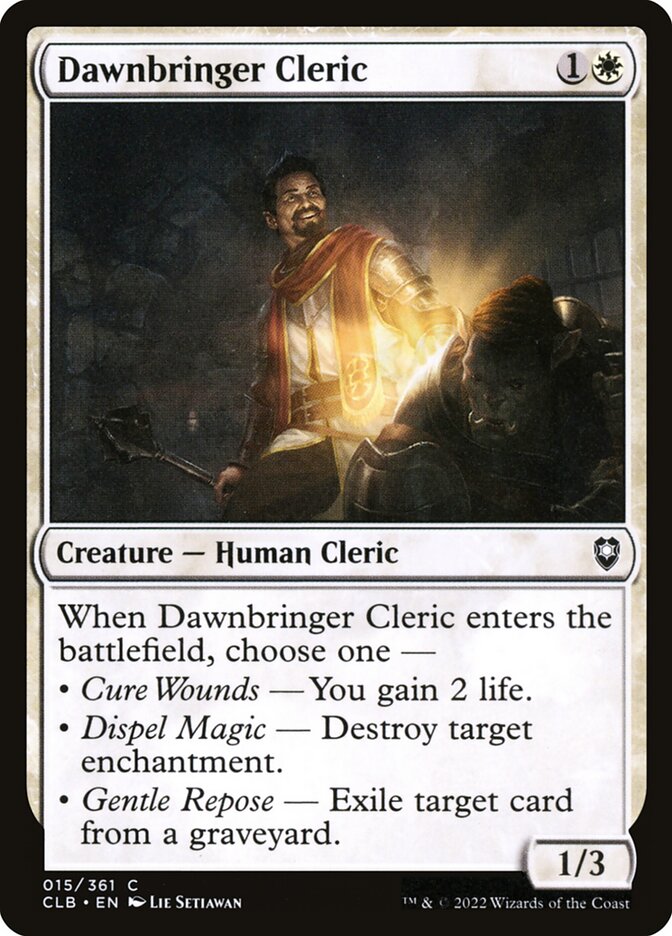
Our suite of value cards includes Experimental Synthesizer, Thraben Inspector, and Ichor Wellspring for card advantage. Meanwhile, Barbed Batterfist gives us tokens. Dawnbringer Cleric is a silver bullet in the main board. This deck is a well-oiled machine. Every turn, you will be moving cards all around the board, amassing tokens, card advantage, and more!
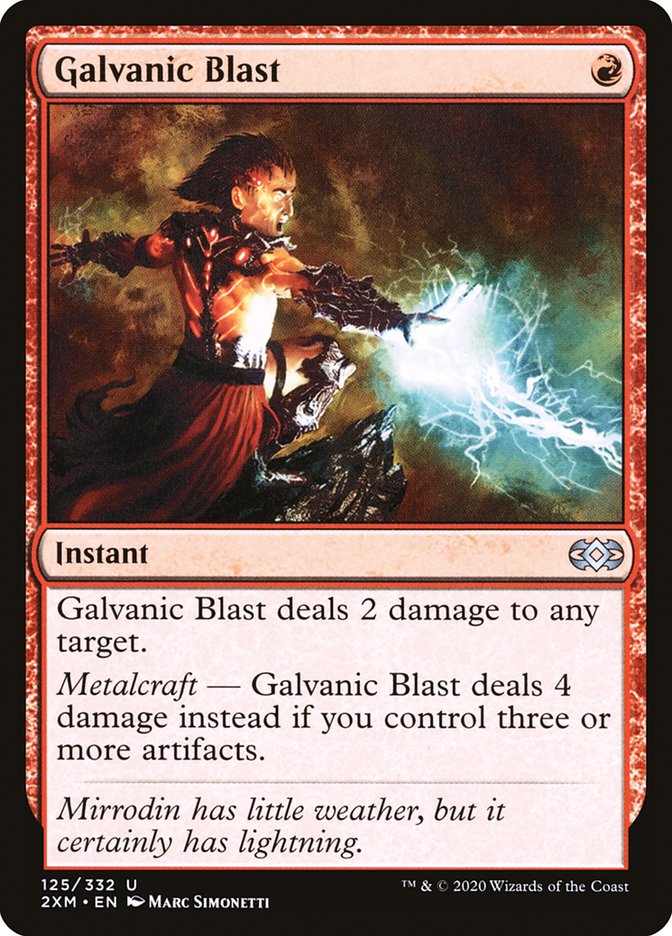
The deck has a high number of artifacts. This makes Galvanic Blast a “better” version of Lightning Bolt in many situations! This makes for a versatile removal spell or powerful burn spell. This lets the deck pivot between aggro and control depending on the situation.
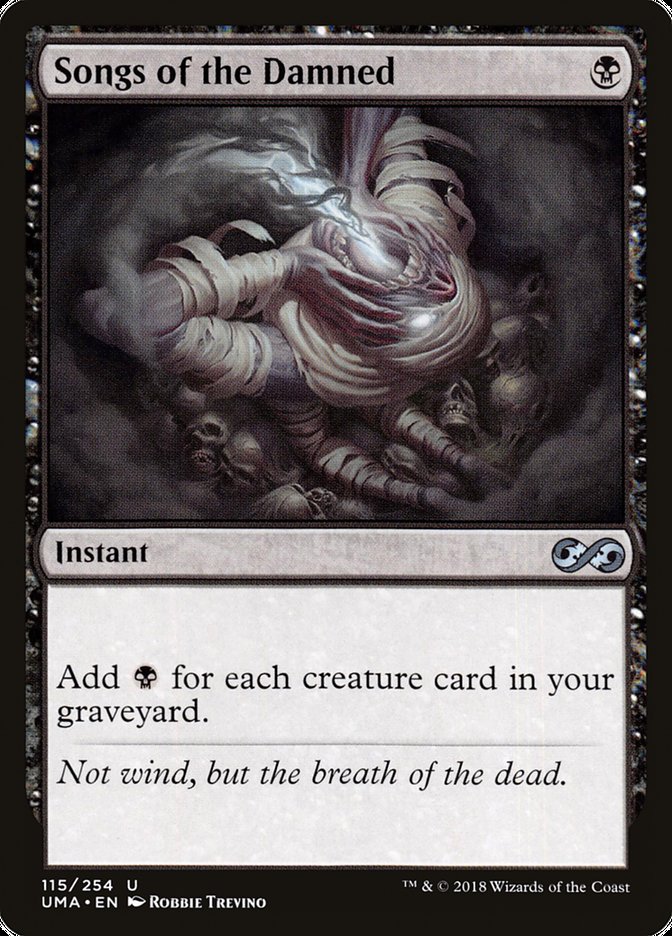

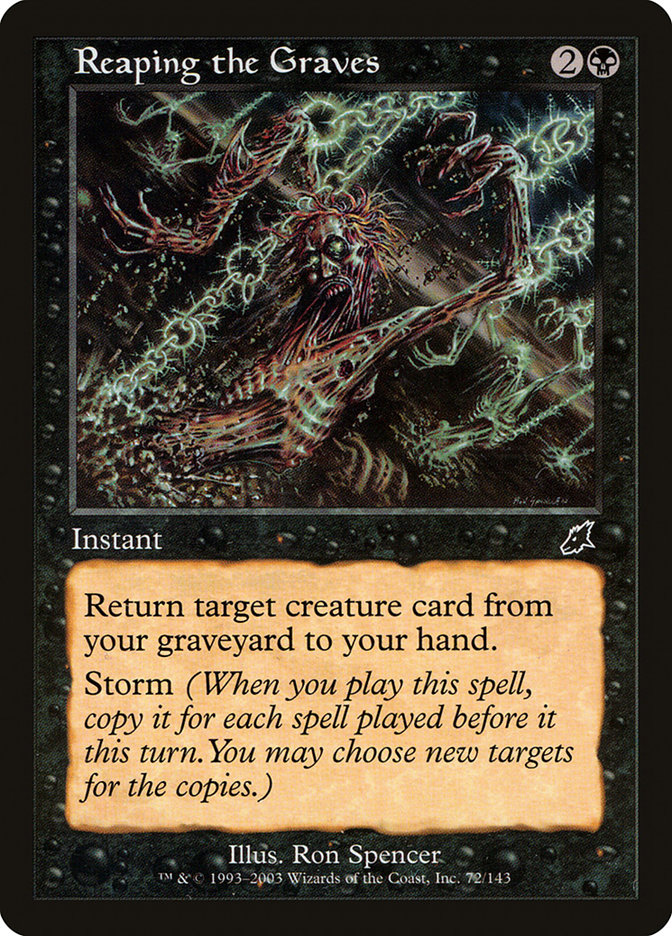
Cycle Storm – Cycle Into The Eye of The Storm
Cycle Storm is iconic. I certainly wouldn’t call it tier 1. However, talented storm pilots frequently put up solid results with this deck. It also has a reputation as the most expensive deck in the format. At a whopping $175! The limited access to storm spells makes this deck unique. The deck revolves around three key cards. Songs of the Damned, Reaping the Graves, and Drannith Stinger.
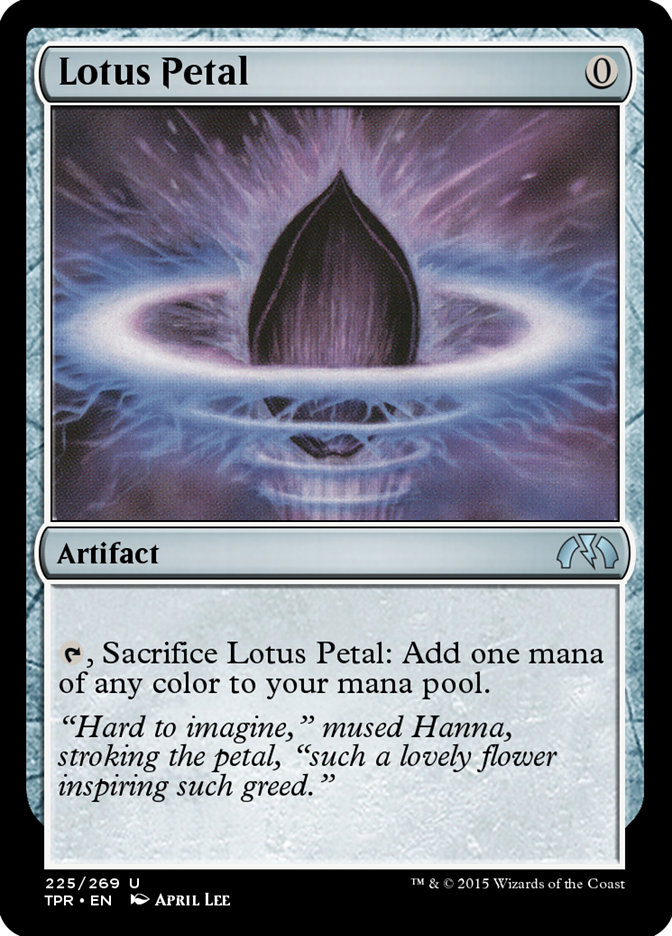
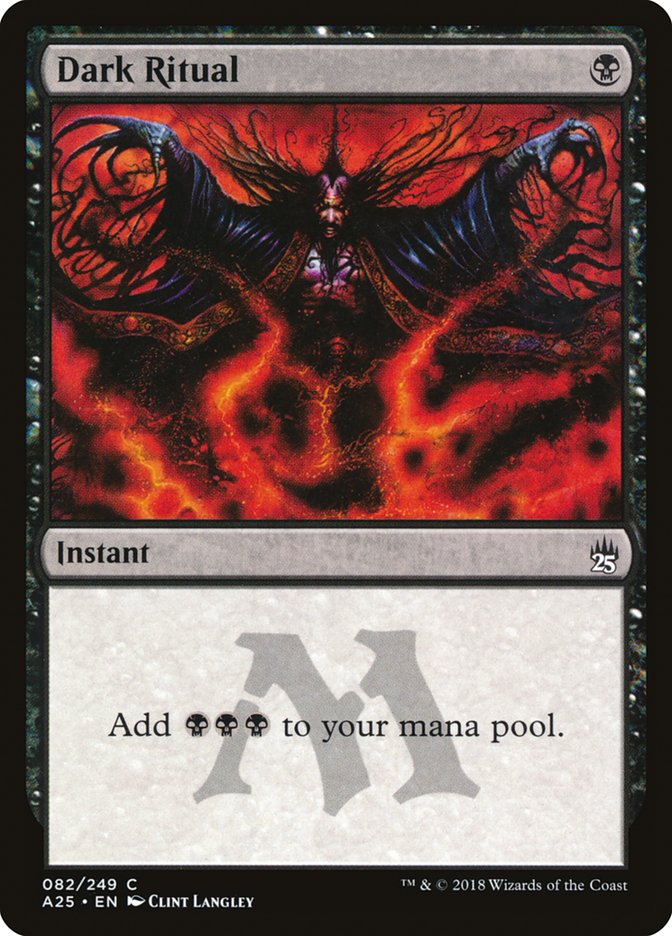
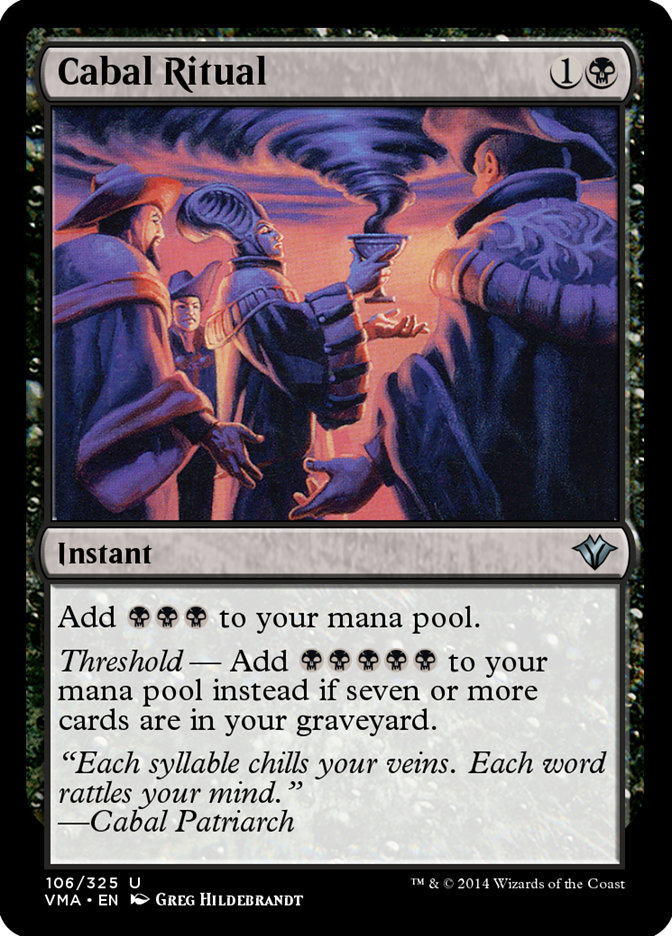
Songs of the Damned is one of many rituals in the deck. You can use Songs to regularly generate ten or more mana thanks to all the creatures we cycle into the grave. Dark Ritual and Cabal Ritual help round out this fast mana package. Rituals let us cycle away our hand helping us find Songs of the Damned for even more mana! The deck also plays Lotus Petal. This is our mana fixing.
Reaping the Graves features the titular storm mechanic. It allows us to return all those cycled creatures back to our hands. From here we can dig even deeper into our deck for our win conditions. It also lets us return key cards like Drannith Stinger back to our hand when we decide to go for the kill!
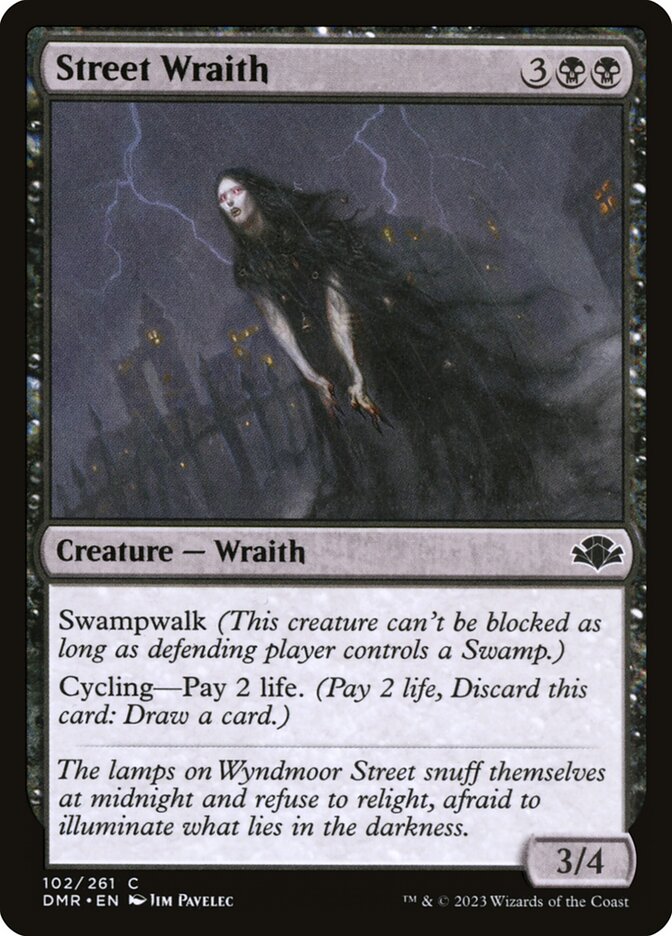

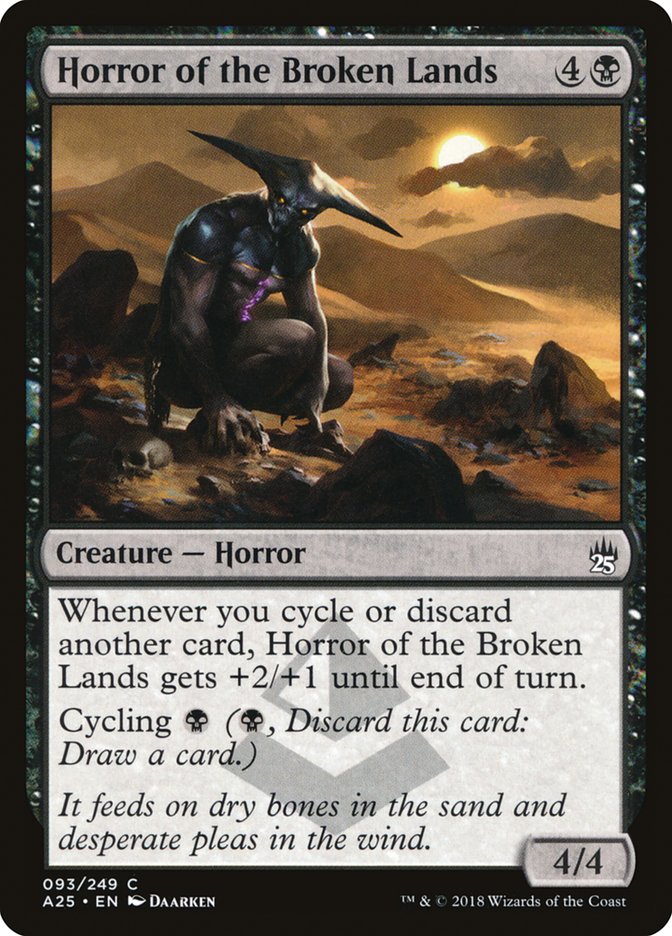
Drannith Stinger is our source of damage. In the early game, we can cycle it away to draw a card. But, when it’s time to go for the win, we cast it and start blasting! Stinger is not played for tempo. We do not play Stinger unless we intend to win on that turn. The card is too important! The remaining cards with cycling are unremarkable. They all cycle for one mana or less and it is rare for them to actually hit the table. Cycle Storm is a deck that excites me. I love that this is something possible with only commons!

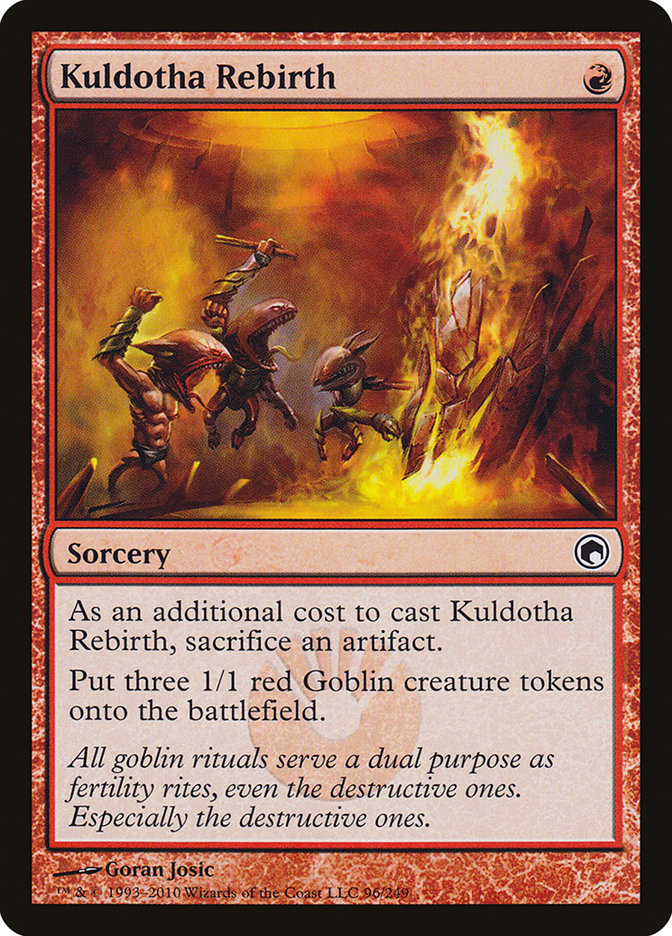
Kuldotha Burn – Artifacts Conduct Lightning
Burn is an archetype as old as Magic itself! Pauper Burn is currently the top deck in the meta. As of 2023, it saw the banning of Monastery Swiftspear. With that said, the deck is still relevant and powerful. Burn in Pauper leverages sacrifice and artifact synergy with traditional burn spells to put pressure on the opponent. Burn has seen versions that focus more on creatures or spells over its history. As of this article, the deck focuses on creatures!


We are currently in an era of Kuldotha Burn. Named after Kuldotha Rebirth. For one mana and sacrificing an artifact, we get three 1/1 goblins. To support this, we have Great Furnace, Experimental Synthesizer, and Impliment of Combustion. The goal is to negate the “cost” of sacrificing an artifact. Synthesizer and Implement help us keep up the pressure.


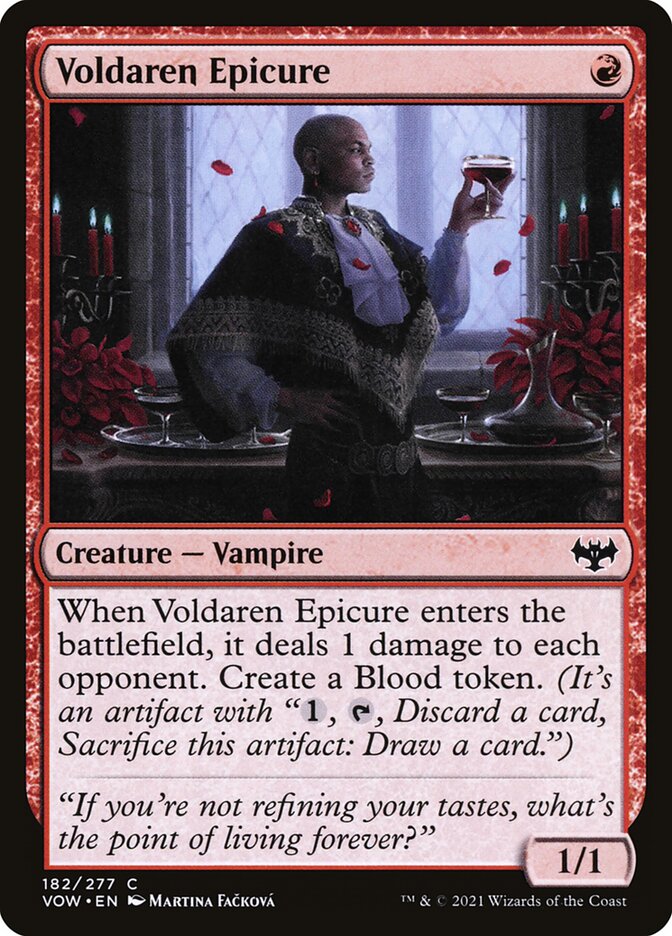
Other notable creatures are Goblin Tomb Raider and Goblin Blast-Runner. We get powerful beaters that get better with our artifact shenanigans. Voldaren Epicure is the glue that keeps the deck together. The blood token is invaluable since it can smooth our draws or be fodder for Rebirth.


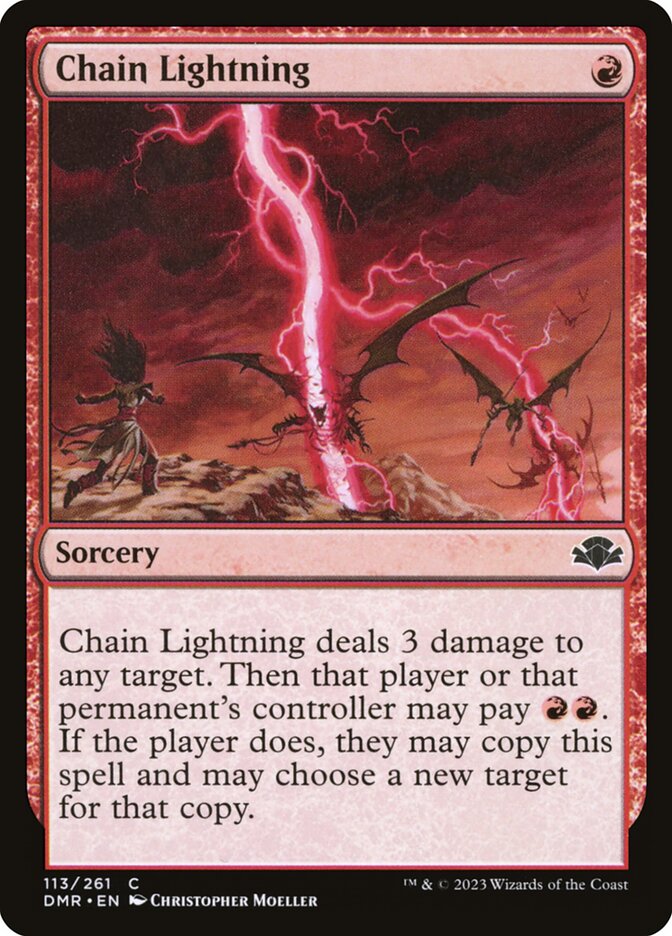

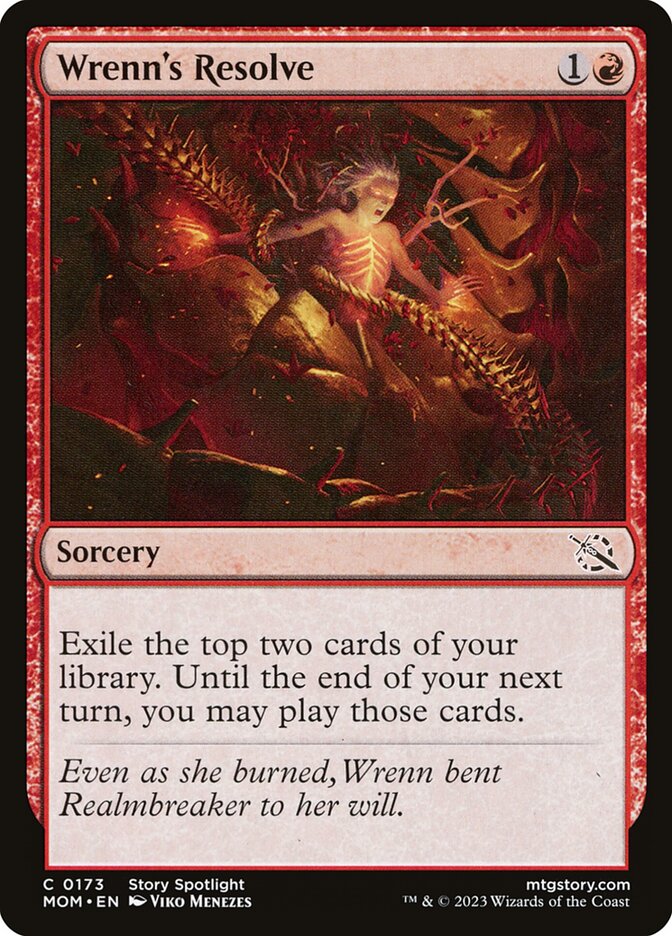
The traditional burn spells include Lightning Bolt and Chain Lightning. The high emphasis on artifacts also lets this deck play Galvanic Blast! Three damage for one mana is hard to say no to. The deck can empty its hand quickly, and to help reload, the deck leverages Reckless Impulse, Wrenn’s Resolve, and Experimental Synthesizer. This deck goes at a break-neck pace to keep the damage coming!

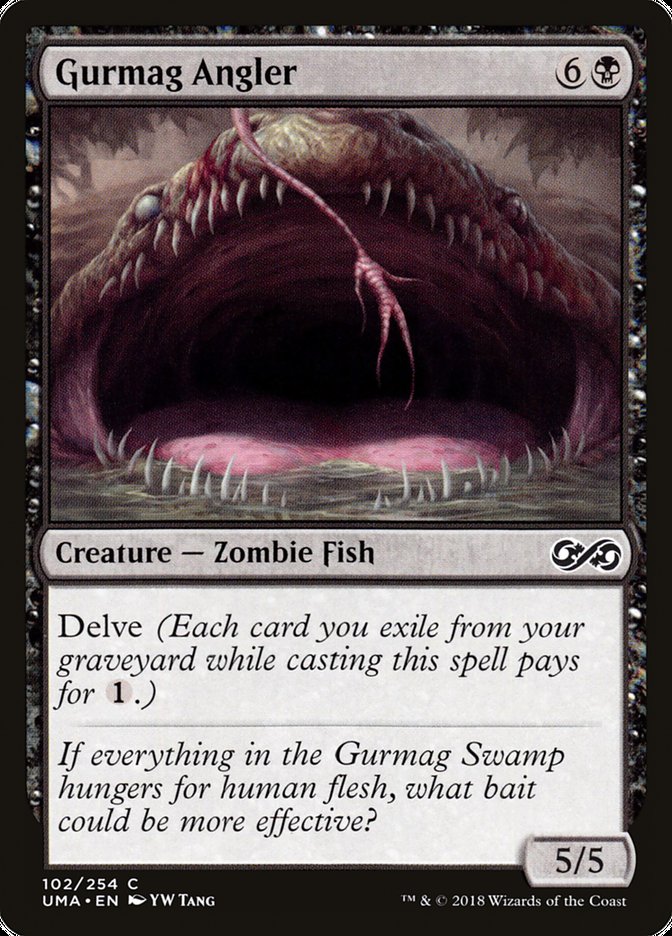
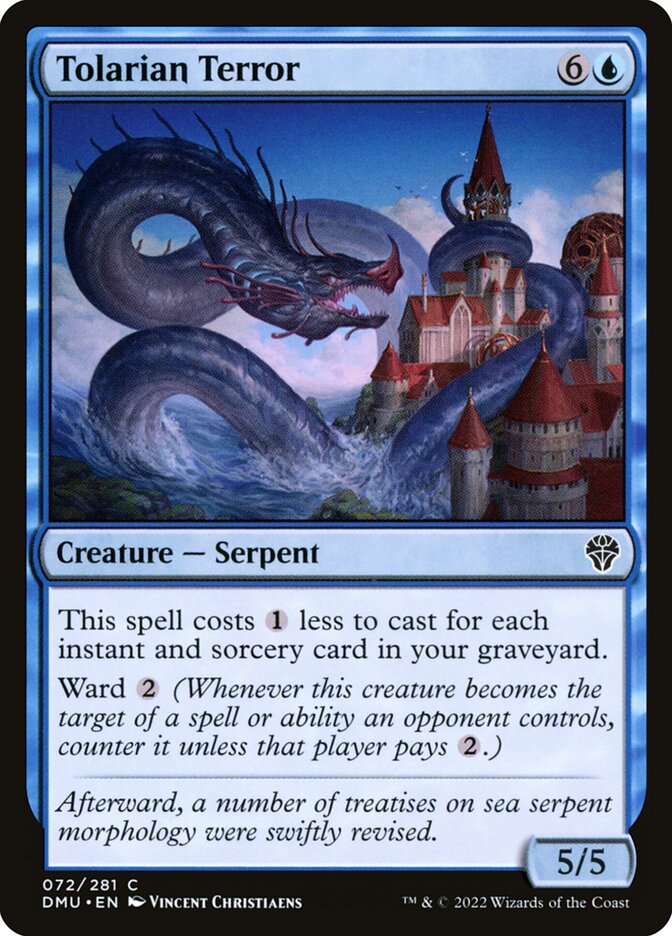
Dimir Control – Terrors From the Deep
Dimir Control is the inevitable love child of the various blue and black control decks in the format. The merger occurred with the printing of Tolarian Terror. This was the key piece that led to the Dimir drowning the competition. Gurmag Angler and Tolarian Terror are the biggest threats in the format. Their cost reduction abilities let the decks pop off early with a costly threat, while the control plan lets the deck cast them without the cost reduction too.
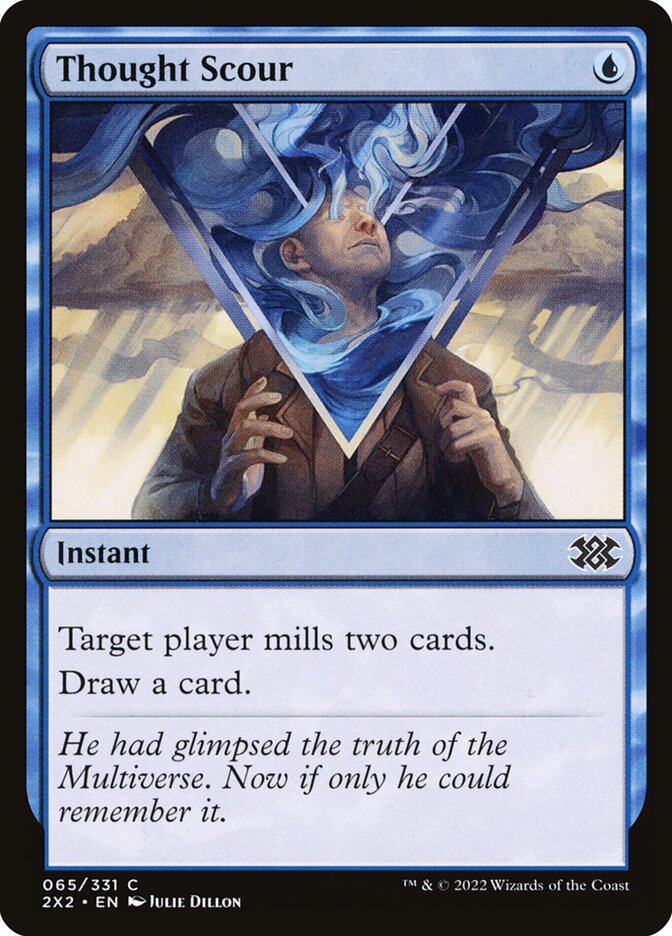
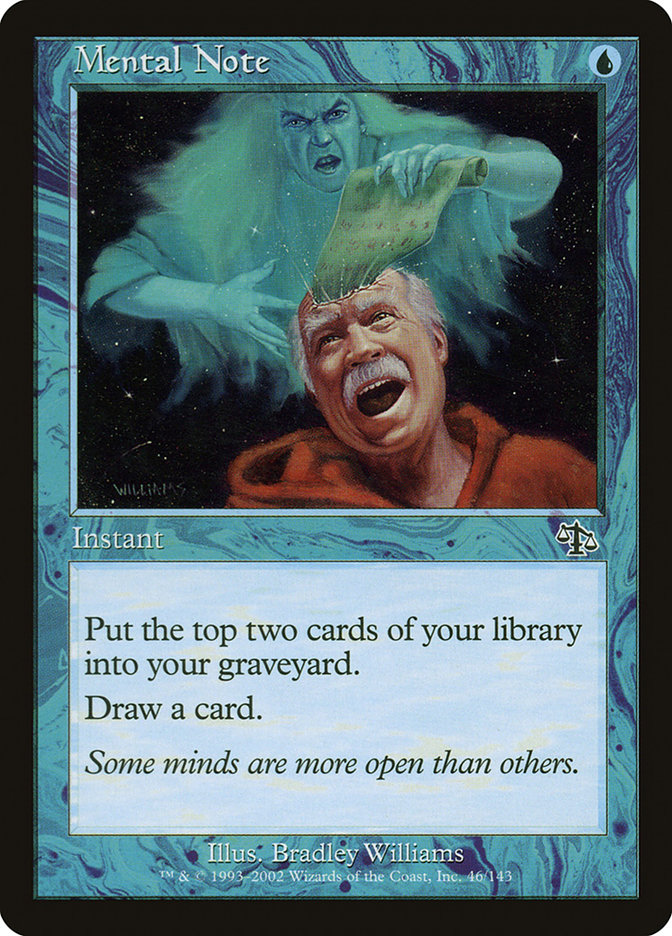

To help feed the fishes we have Mental Note, Thought Scour, and Fallaji Archeologist to fill the graveyard. A good mill with Mental Note could lead to Terror costing three mana less! Additionally, the deck plays four copies of Brainstorm. Using these mill effects, we help get rid of problematic cards from the top of our deck.
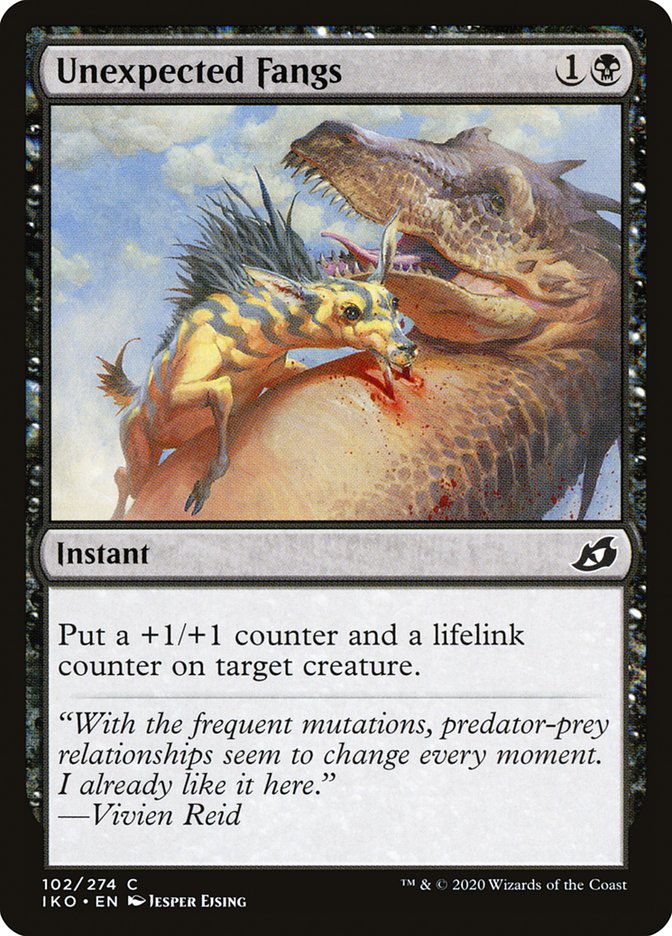
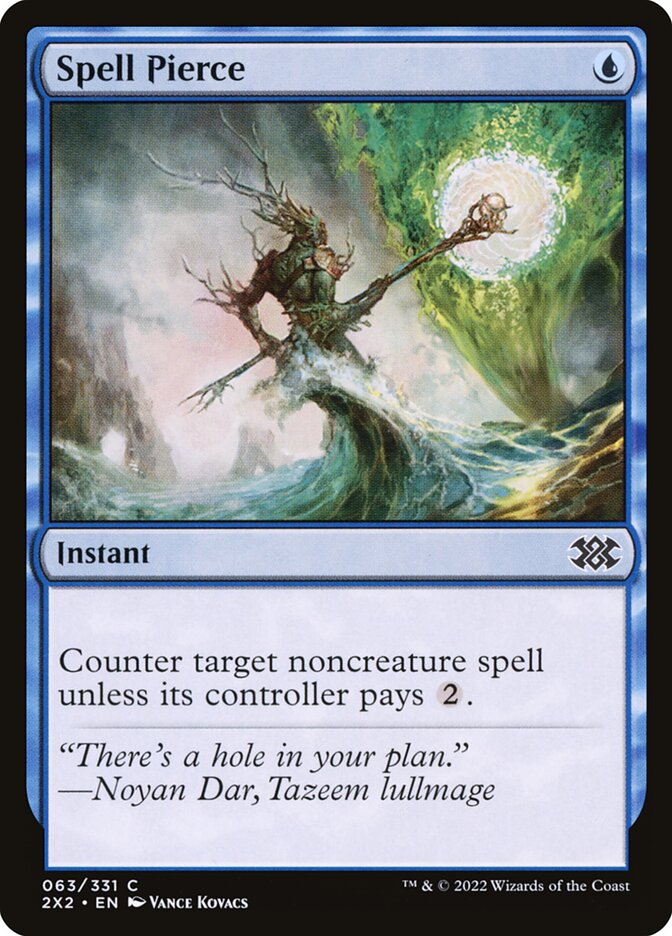
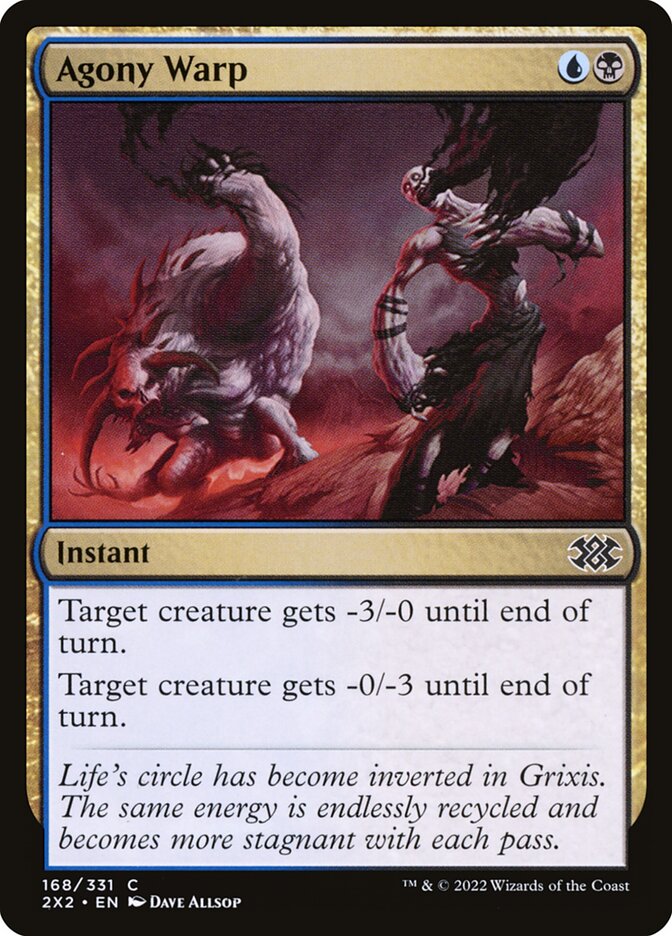

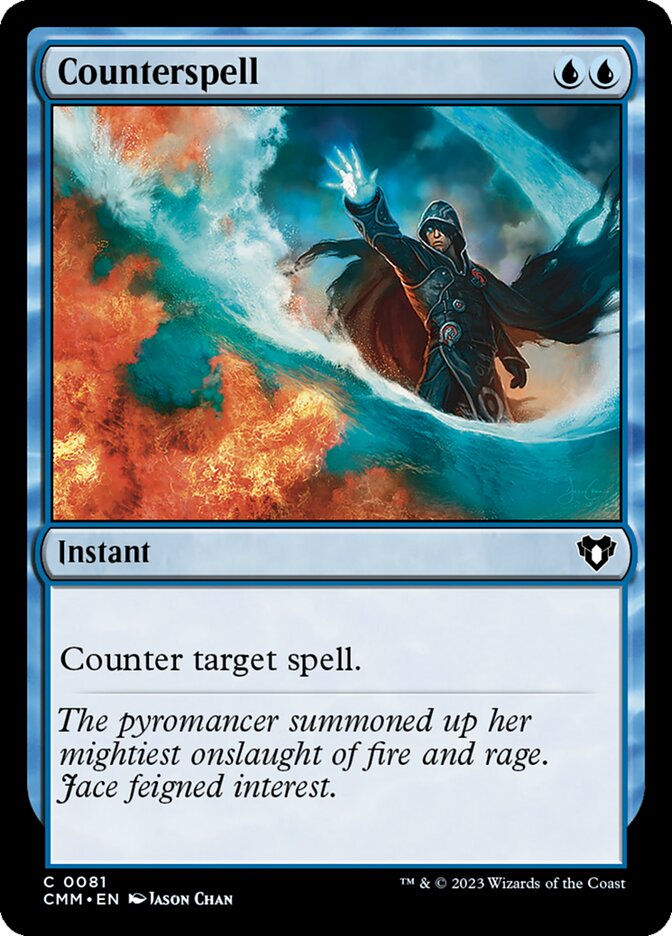
The remaining cards are a mixture of flexible and efficient interaction. This deck has great potential to be customized depending on the meta. Decks will run one to two copies of Agony Warp, Spell Pierce, and Unexpected Fangs. Meanwhile, Counterspell and Snuff Out show up as full playsets.
Where to Play Pauper MTG
If you are raring to play Pauper, there are a couple of places to check out. Firstly, the Paper Pauper Magic Discord offers monthly tournaments and casual games. Just put a message in the Discord, and I am sure someone will be down for a game.
If online is more your speed, consider playing on Magic Online. Lobbies and leagues are open all day so you can grind tickets and trophies! The format is also super affordable on MTGO making this another great option.
Finally, for those who love the feel of a convention or Pro Tour, there is Paupergeddon. This event is run by the Pauper community in Italy. They host three events a year. They rotate between Rome, Milan, and Pisa as their venue of choice. You can find them on Facebook. This is the Pauper Pilgrimage for many players. With hundreds of entrants and amazing prizes, this is a great place to fully immerse yourself in the format and even meet some of your favorite pro players.
Conclusions & The Paper Pauper Magic Discord
I want to express my heartfelt gratitude to the moderators at the paper Pauper Magic Discord. They have provided me with countless hours of enjoyment on the server and have also given me valuable insights for this article! If any of what I’ve mentioned piques your interest, I highly recommend visiting them, asking questions, and enjoying some games. They even organize webcam tournaments every month with exciting prizes! In February, the tournament had an impressive turnout of 120 participants from 19 different countries!
Pauper is, without a doubt, my absolute favorite Magic format. It offers a wide range of diversity, challenging gameplay, and an incredibly supportive community! I encourage you to spread the word about this incredible format and give it a try for yourself!


 Support us on
Support us on 


